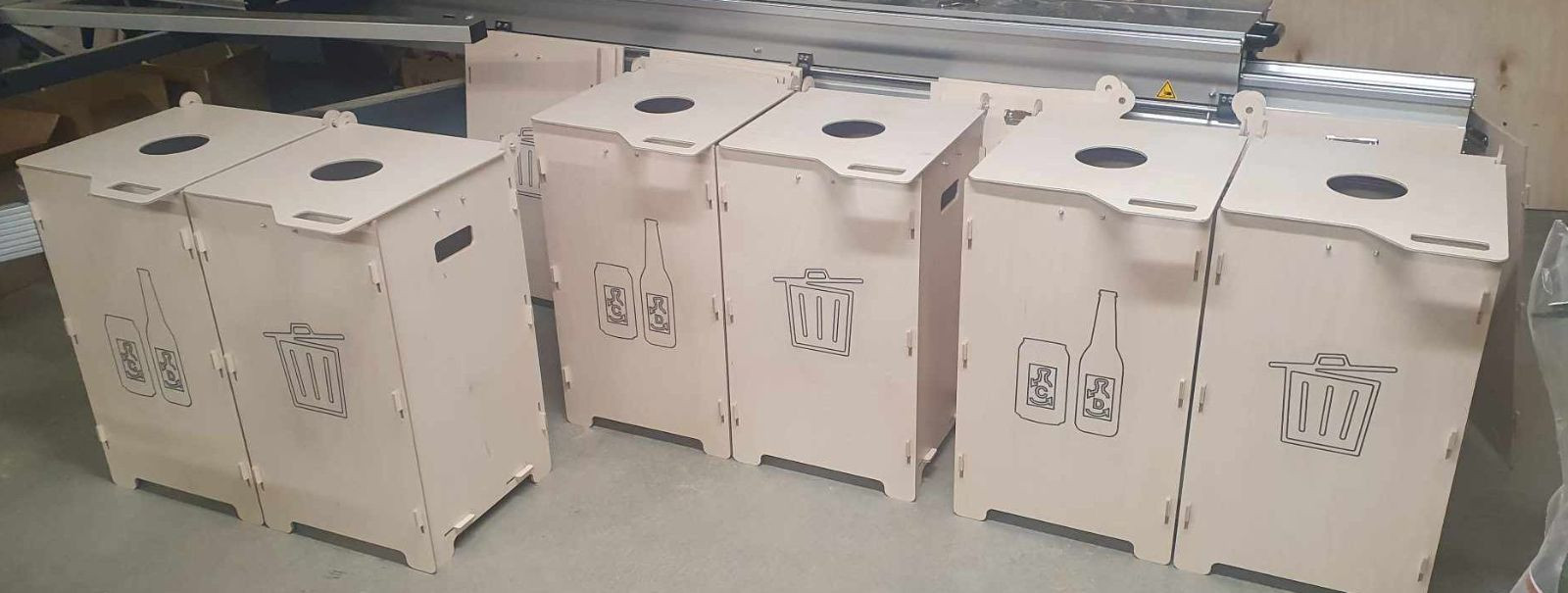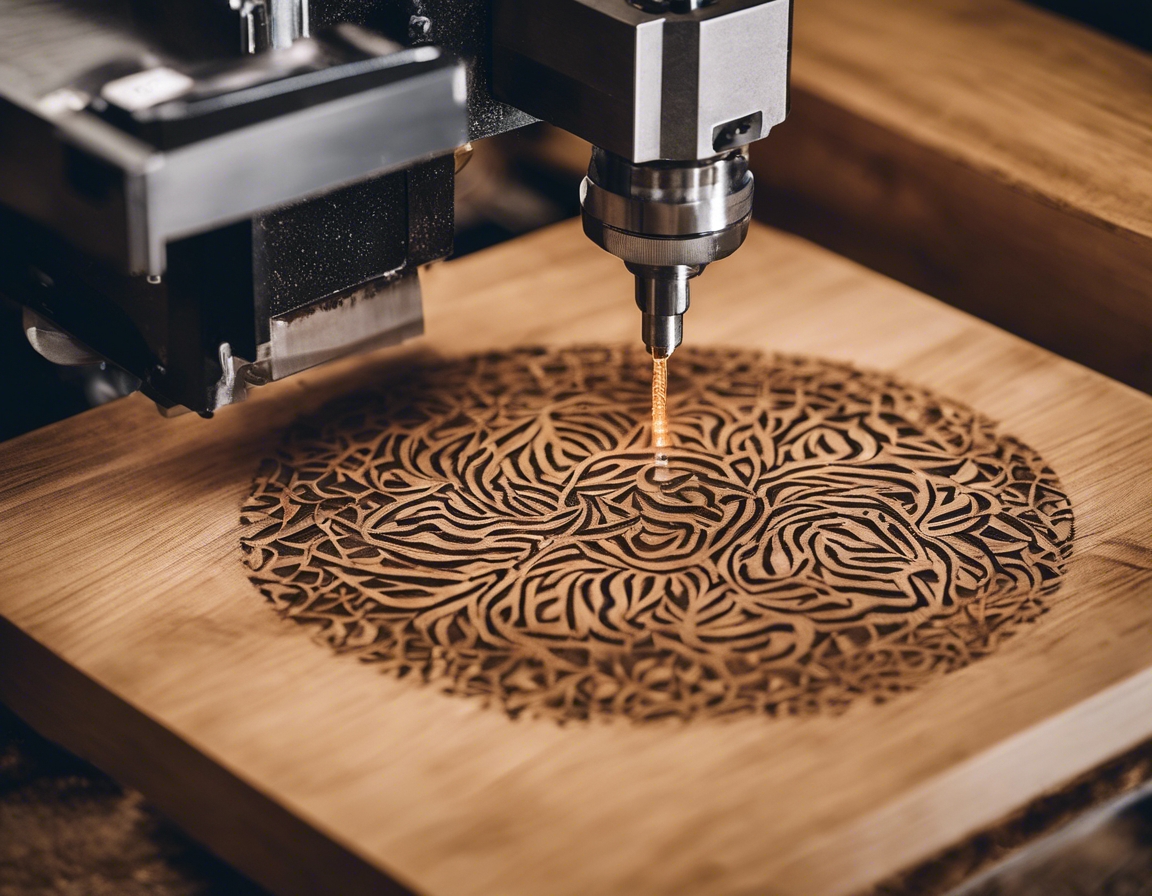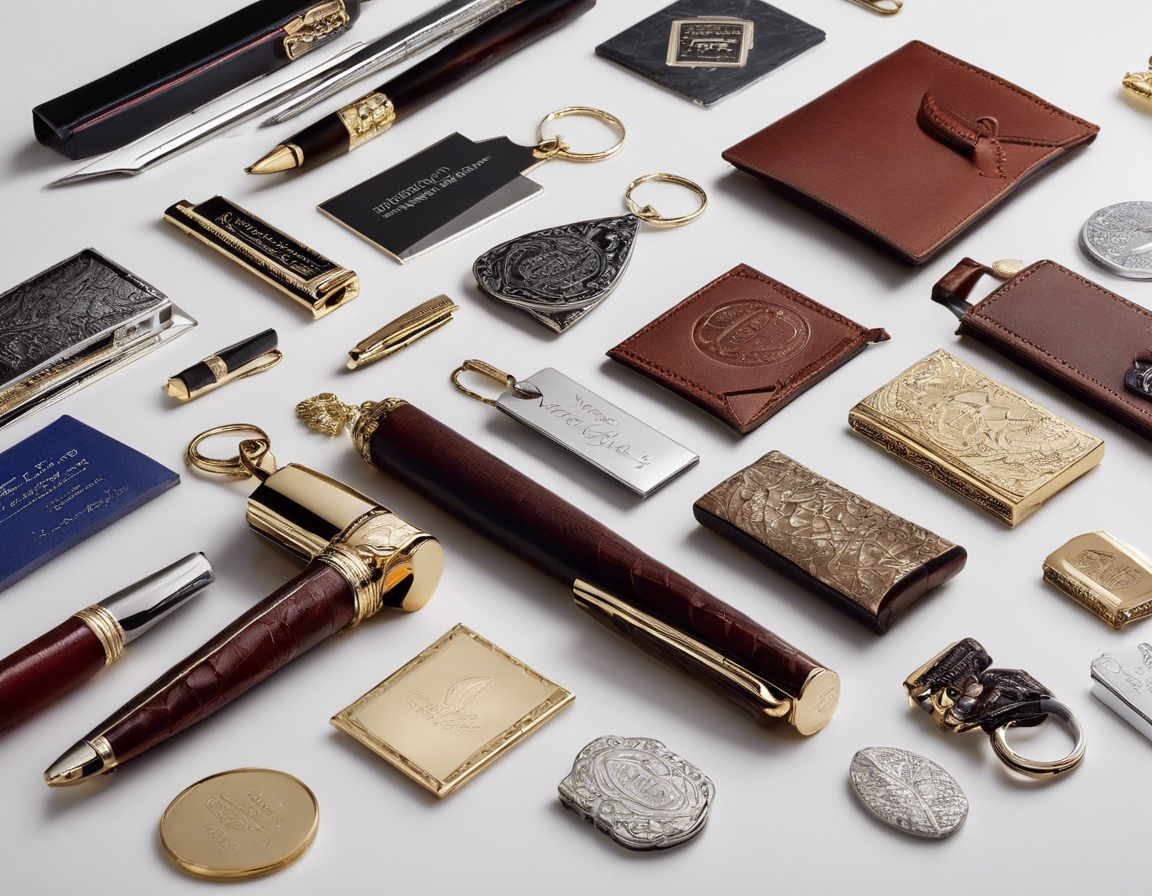The art of plywood milling: transforming wood into wonders
Plywood is a material born out of necessity and innovation. It is a versatile engineered wood product made from thin layers, or 'plies,' of wood veneer that are glued together with adjacent layers having their wood grain rotated up to 90 degrees to one another. This cross-graining technique gives plywood its strength and stability, allowing it to be used in a variety of applications, from furniture to construction.
The history of plywood dates back thousands of years, but it was the industrial revolution that transformed plywood into a staple of modern manufacturing. With the advent of new machinery and techniques, plywood milling became a refined art, capable of producing high-quality materials that are both durable and aesthetically pleasing.
The Plywood Milling Process
The process begins with the careful selection of logs, which determines the quality and characteristics of the final product. Species such as birch, maple, and oak are commonly used for their fine grain and robust nature.
Once selected, the logs are subjected to rotary cutting, where they are spun against a blade to peel off thin veneer layers. This method ensures continuous sheets of veneer with consistent thickness.
The veneers are then dried to remove moisture, which is crucial for preventing warping and ensuring strong adhesion during the gluing phase. After drying, the veneers are coated with adhesive and layered accordingly. High-pressure presses are used to bond the layers into a single, solid sheet of plywood.
The final steps involve cutting the plywood sheets to size and applying finishes, such as laminates or veneers, to enhance durability and appearance.
Technological Advancements in Plywood Milling
Advancements in technology have greatly improved the efficiency and precision of plywood milling. State-of-the-art machinery allows for tight tolerances and consistent quality across large volumes of product.
The integration of CAD and CAM systems has revolutionized the design and production process, enabling complex cuts and intricate patterns that were once impossible to achieve.
Quality control is paramount in plywood milling. Modern techniques and equipment ensure that each sheet of plywood meets stringent standards before it leaves the mill.
The Role of Plywood in Modern Design and Architecture
Plywood's ability to be easily shaped and its inherent strength make it an ideal choice for innovative design and architecture. It can be molded into curved shapes for furniture or used as a lightweight yet strong building material.
As a renewable resource, plywood plays a significant role in sustainable design. Its production process makes efficient use of wood, reducing waste and promoting responsible forestry practices.
From residential homes to commercial spaces, plywood is being used in creative and functional ways. It serves as a testament to its versatility and the skill of those who mill it into existence.
Custom Solutions by PURTSE VINEERIKODA OÜ
At PURTSE VINEERIKODA OÜ, we understand that each project is unique. Our custom milling services are tailored to meet the specific needs of our clients, ensuring precision and quality in every piece we produce.
With a commitment to excellence and a passion for wood, we offer unparalleled expertise in plywood milling. Our dedication to sustainability and innovation makes us the ideal partner for your next project.






Comments (0)